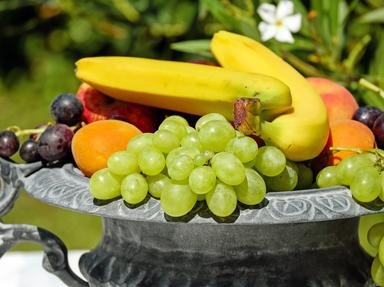Quiz Answer Key and Fun Facts
1. Melons are part of the larger Cucurbitaceae family. What other plants fit under this family?
2. Melon seeds have been found in archaeological digs in some ancient tombs, revealing their origins in which continent?
3. The derivation of the word melon is a distortion of another fruit's name, the lemon.
4. Which melon, named after a season, is used in Asia as both a fruit and vegetable?
5. Botanically, melons are in fact categorized as a berry.
6. Which of the following is NOT a real melon name?
7. The watermelon is so-named because it is mainly composed of water. But how much of it is actually water?
8. Which country, the biggest in the world in 2012 by population, is considered to be the world's largest producer of melons?
9. Honeydew melons continue to sweeten after being picked.
10. You may have seen people picking up melons and knocking on them to determine ripeness levels. Does this work, and if so what are they listening for?
Source: Author
timence
This quiz was reviewed by FunTrivia editor
WesleyCrusher before going online.
Any errors found in FunTrivia content are routinely corrected through our feedback system.


